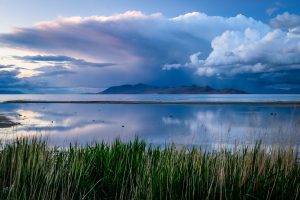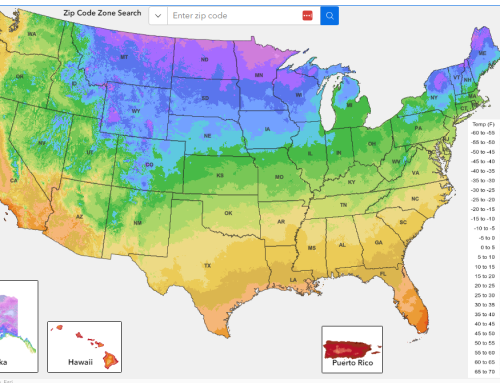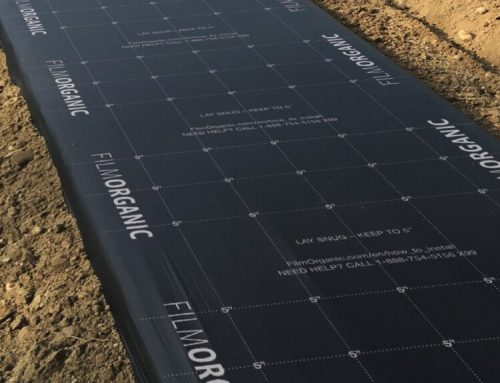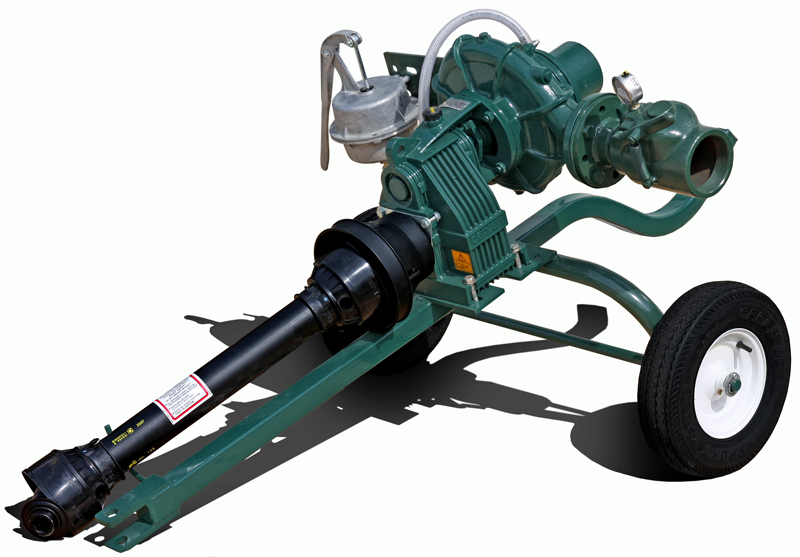“Just 1% of the water on earth sustains all life.” DW.com
Several years ago my daughter told me about a book – The Great Lakes Water War authored by Peter Annin. It sounded promising, so I ordered a copy from Borders Books (remember them – an actual retail store that sold books). This book talks about how water systems are closed systems locally (meaning the water stays in the region and is used and re-used multiple times over). Rarely is “new” water introduced to the area in any meaningful quantity. Problems come when too much water is introduced to the system or not enough water is introduced to the water system.
The book was originally published in 2009 and the general premise is that it offers a spirted discussion about how people have looked at “raiding” the Great Lakes in a misguided effort to solve the water problems in other regions. The book outlines why this is not prudent. In short the Great Lakes is a closed water system. This means that the water in this region undergoes a cycle of use and replenishment and for the most part this cycle occurs almost exclusively within this region.
So if you “borrow” water resources from the Great Lakes region the delicate balance of use and recycle will be broken. Water moved from this region to be consumed elsewhere will not be available to refill the lakes and be used again locally. The cycle could be irrevocably broken with untold long term consequences.
In many ways it appears that this is what is happening to our climatic system currently – both in the United States and worldwide. Climate change is now generating ever more powerful storms that are redistributing water and fundamentally changing the water cycles in parts of the country. For example, using more water than the ecosystem can support in the southwest is expediting the return of the land from supporting farming back to a desert environment.
For more information on how climate change is affecting the water supply, I recommend the article “How climate change is shifting the water cycle” on DW.com. This article contains an interesting video as well as a simple graphic showing how the water cycle works.
In simple terms, the primary ways to change the current crisis in the American Southwest is to either use less water (less farming, less manufacturing, reduce the population) or introduce more water.
- So far our efforts to introduce more water appear to be unsuccessful
- Our desire to do less farming is this region is not gaining traction
- Our desire to reduce manufacturing is not gaining traction
- We have been unsuccessful in reducing the population in these areas (Percent of Population Change 2010 to 2020) California +6.3%, Nevada +15.0%, Utah +18.4%, Arizona +11.9, New Mexico +2.8%, Colorado +14.8%, Texas +15.9%
The current water shortages in the southwest are not going to improve until we address the issues outlined above.
The American Southwest is a closed water system. The Great Lakes is a closed water system. The earth is a closed water system. Our best chance at solving our current water shortages as well as changes in our climate is to recognize that we live in a closed, complex system (water, air, soil) that is affected by all the actions that make up our environment. And make the necessary changes in our behavior to bring the water system back in balance.







